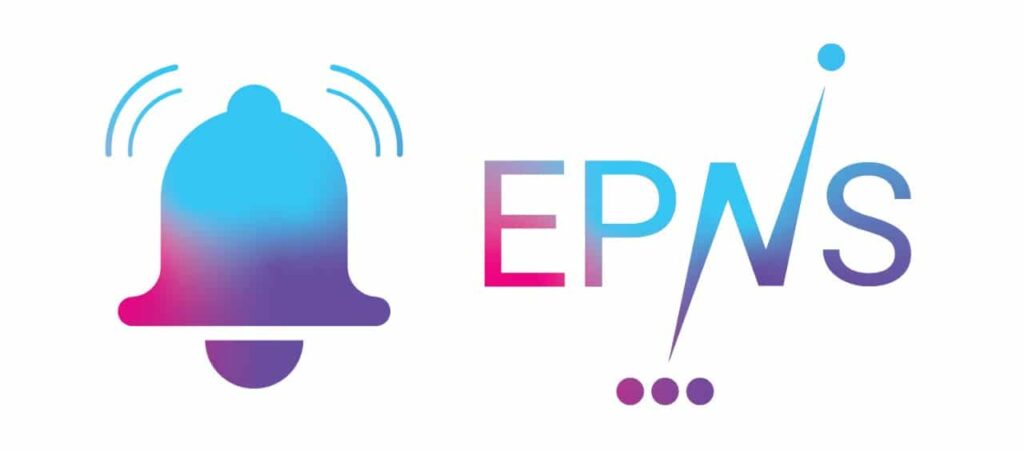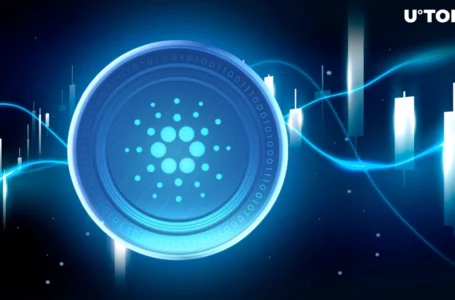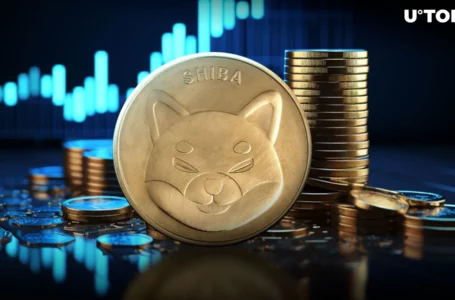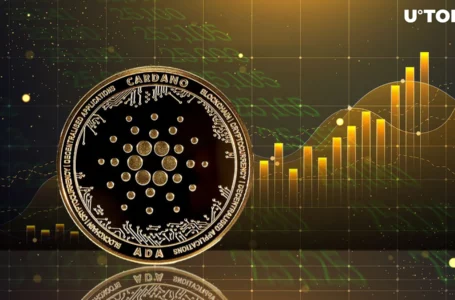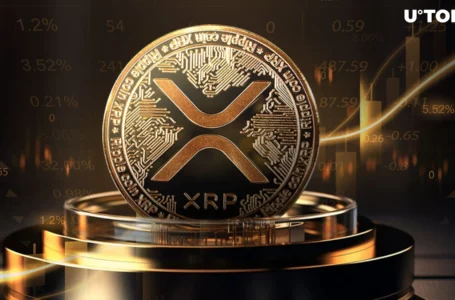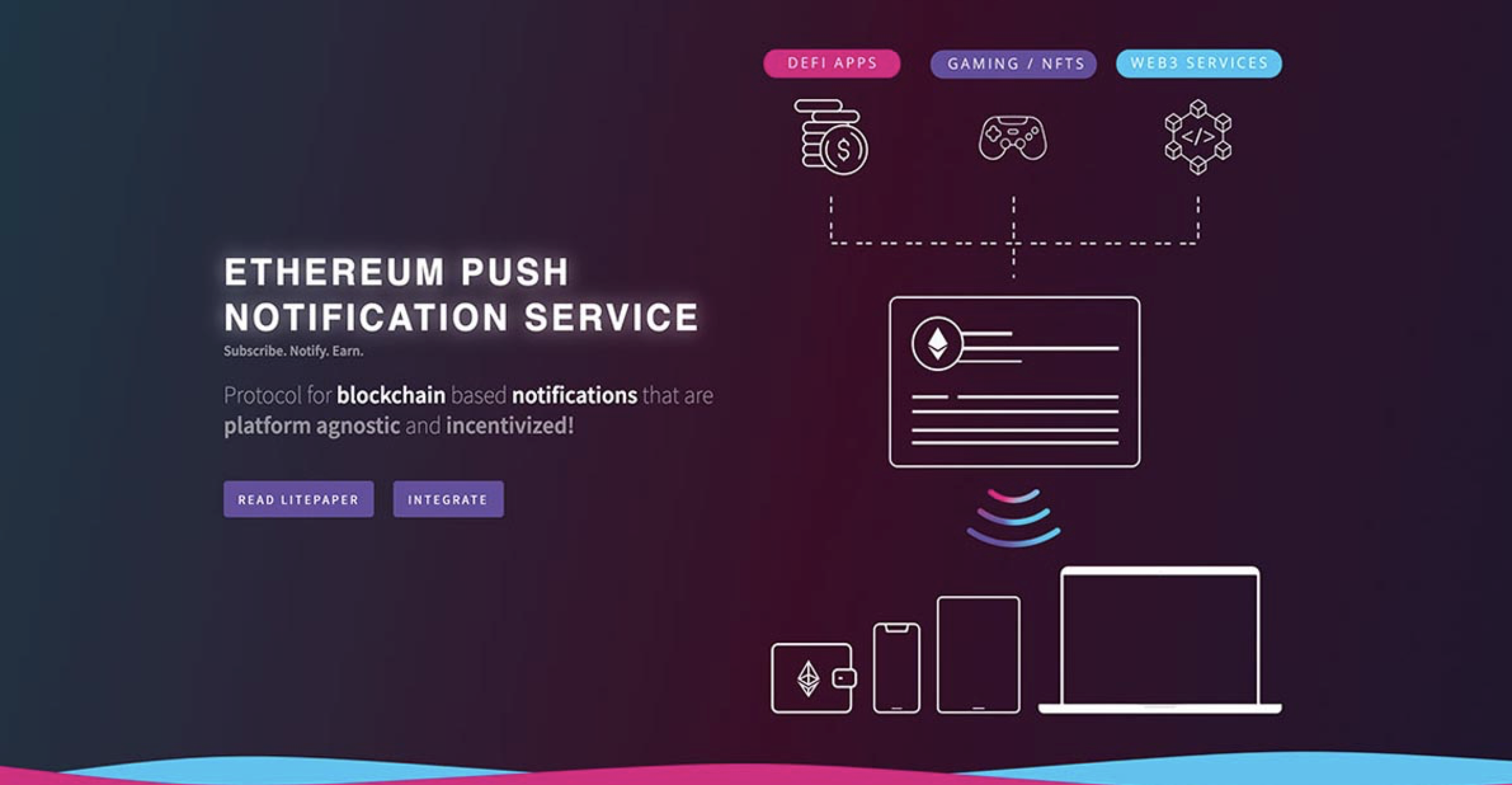
Web 3.0, also called Web3, is well on its way. However, it will take some time for it to arrive, as it depends a lot on solving some crucial issues of the blockchain technology, that have been avoiding solutions for years. Fortunately, there is a constant inflow of new talents that are coming to the crypto/blockchain industry from all over the world, and some of these issues seem like they might be solved in the near future.
Some have already been solved, in fact, such as the notification mechanism that was really supposed to be invented a long time ago, but for some reason, it wasn’t. That is, until Ethereum Push Notification Service (PUSH), or EPNS for short, was invented. The project has been around only for about a year now, after launching in April 2021, and it definitely deserves a look over.
How Does Ethereum Push Notification Service (PUSH) Work?
Ethereum Push Notification Service is a notification protocol that aims to revolutionize the way the crypto world communicates with its participants. So far, there was simply no solution that would directly notify users that work with some service or project, or are affected by it in some way. Projects and companies were limited in their communication by posting updates on social networks, and hoping that the algorithms that are presenting content to users would let them see the announcement as soon as possible.
Alternatively, it was the users’ responsibility to check in with these projects, the markets, and alike, on regular basis and remain up to date with all new developments. This did not provide a particularly great user experience, and it led to users missing out on important events and activities at best, or resulted in losses when they failed to react in time to negative developments.
EPNS introduces an advanced new notification system that is blockchain-agnostic, tied directly to the users’ wallet addresses, and provides direct communication between services and users. It is a type of project that is considered a necessary part of the upcoming Web3.
What Problems Does Ethereum Push Notification Service (PUSH) Solve?
EPNS is focusing on the issues of communication, in a way that can benefit the traders and investors the most. For example, it:
Allows wallet addresses to receive notifications
EPNS is a notification protocol that allows wallet addresses of users to get notifications by any smart contract or dApp that they are involved with. The same goes for various services, all of which can send notifications that will reach users in a platform-agnostic way. That way, users do not need to manually check for new changes and developments – they can simply be notified of them as they happen.
Changes the way services communicate with users
Until now, crypto services that users interact with could only send feedback to them through social media, such as Twitter or Reddit. The clear downside of this is that users would not necessarily see the services’ posts and be notified of important events in time, which could lead to missed opportunities, or failure to react to important events – whether good or bad – in time.
Improves UX, communication, and engagement
By being able to communicate with users directly, services can improve the users’ overall experience. What’s more, by notifying them of what is going on in real-time, they can increase user engagement, which is beneficial for both, the users and services.
Benefits of Ethereum Push Notification Service (PUSH)
There are several benefits that users can expect from interacting with EPNS, some of which may be quite obvious, while others are completely unique. For example:
Receive important updates
As a user, you would be able to receive important updates directly to your wallet address, which would immediately warn you of anything that is happening with the project, its coin or token, new developments and impactful events, and more. The problem is that until EPNS, something like that did not exist, and because of this, users were missing a lot of important events. Even if they were published on Twitter or Reddit or some other social network, the projects can only do so much to get the information across, and users would have to check regularly what is going on, which is neither efficient nor practical.
Earn crypto for receiving notifications
One thing that may not have been so obvious from everything mentioned so far is that EPNS also contains an important DeFi aspect to the project. This DeFi portion of the deal allows users to earn cryptocurrencies simply for receiving the actual notifications. The so-called incentivized alerts rely on staking by service, which is lent out to AAVE to generate interest, which is then distributed among the service’s subscribers, as the project itself explains it.
Decide what services can send notifications
Finally, the project is very user-centric, meaning that users can change, select, and decide most things regarding the alerts. You can always opt in or out from receiving the alerts, or choose specific services that you wish to receive alerts from, or even opt in for a type of service that will reward you first, and then send the notification that they were planning to send to their users. Essentially, all of it is your decision.
Final Thought
The crypto/blockchain industry continues to evolve, and with each new idea such as what EPNS has come up with, it is getting closer to making Web3 a reality. There is still a long road ahead, of course, but even before Web3 becomes reality, a push notification system that can notify users of important development will be extremely useful. Especially if said system can be used by any dApp and smart contract on any blockchain.
As a result, we believe that EPNS has great potential in the blockchain world of the present, as well as future, and are interested to see its development.
